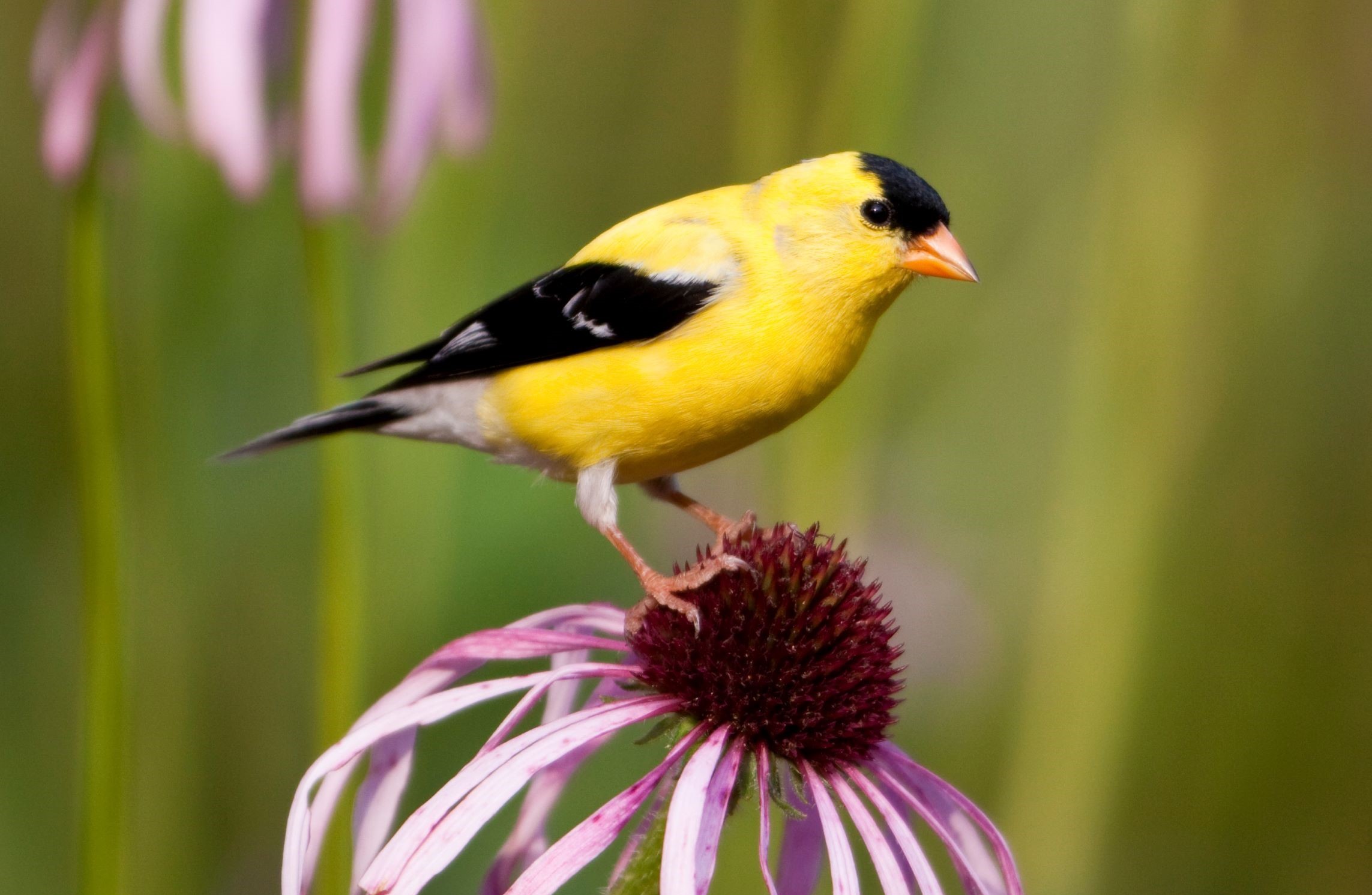Tired of filling your bird feeders? Grow your own bird seed

If you live in a place that's a great natural habitat for many of our resident and visiting birds, feeding them can be an expensive hobby. And when the feeder is empty, some birds aren't shy about letting you know it's time for a refill.
If you're looking for a cheaper alternative to frequent refills of your bird feeders, or at least a way to supplement your bird seed offering, consider going direct to the source and planting the plants that provide the seeds birds like to eat. One of the most common types of bird seed is black oil sunflower seed, and you can grow any number of different kinds of sunflowers to provide the seeds from the plants directly, according to the University of Illinois Extension.
Sunflowers are often grown in gardens, but they can be incorporated just about anywhere in your landscape as long the necessary conditions are met. Most sunflowers prefer full sun, and keep in mind that many can grow to heights of 8 feet or more. True sunflowers belong to the Helianthus genus of the aster family. Of the roughly 70 sunflower species, all but three are native to North America, the extension reports.
While planting sunflowers is an alternative to filling feeders with sunflower seeds, there are plenty of other native wildflowers that will produce seeds many local birds will feast on. All types of seed-producing flowers can provide food for birds, but native plants are best because they are well adapted to the soil and climate and native wildlife, including birds, will more easily recognize and use them as a food source, according to The Spruce.
Among the many seed-producing options to consider for your yard are coneflowers, coreopsis, goldenrods, primroses and violets, The Spruce reports. Remember that in many cases, non-native species of these flowers may also be available. If you're interested in planting native flowers, do some research ahead of time and purchase seeds and plants from a reputable native plant nursery or gardening center.
Flower seeds are just one plant-based food you can provide the birds in your yard. Native grasses also produce seeds for birds to feast on, and some birds eat a lot of fruit. Adding these type of plants to your yard offers yet another food source for some bird species. For example, sparrows eat blackberries and native grass seeds, while grosbeaks, tanagers and cardinals eat elderberries and serviceberries, according to the National Audubon Society.
It's not just the seeds and fruits from these native plants that will provide a good food supply for the birds. They will also attract all manner of insects, and many birds will feast on those as well. In fact, insects are a primary food source for many birds, including some we associate with other foods. Take ruby-throated hummingbirds. You can attract them to your yard with a nectar feeder, but these tiny birds also eat a lot of insects, and having insect-attracting flowers will also help attract hummingbirds, according to the National Audubon Society.
If you aren't getting as many avian visitors to your yard as you'd like, consider the habitat you are offering. If you want to attract more birds, particularly songbirds, here are a few more tips from the Cornell Lab of Ornithology:
- Provide a water source year-round.
- Clean your feeders regularly.
- Keep your cats inside.
- Create a brush pile in a corner of another out-of-the-way spot.
- Reduce your lawn by at least 25 percent, replacing it with native meadow plants and taller plants.
- Rake fallen leaves under your shrubs.
